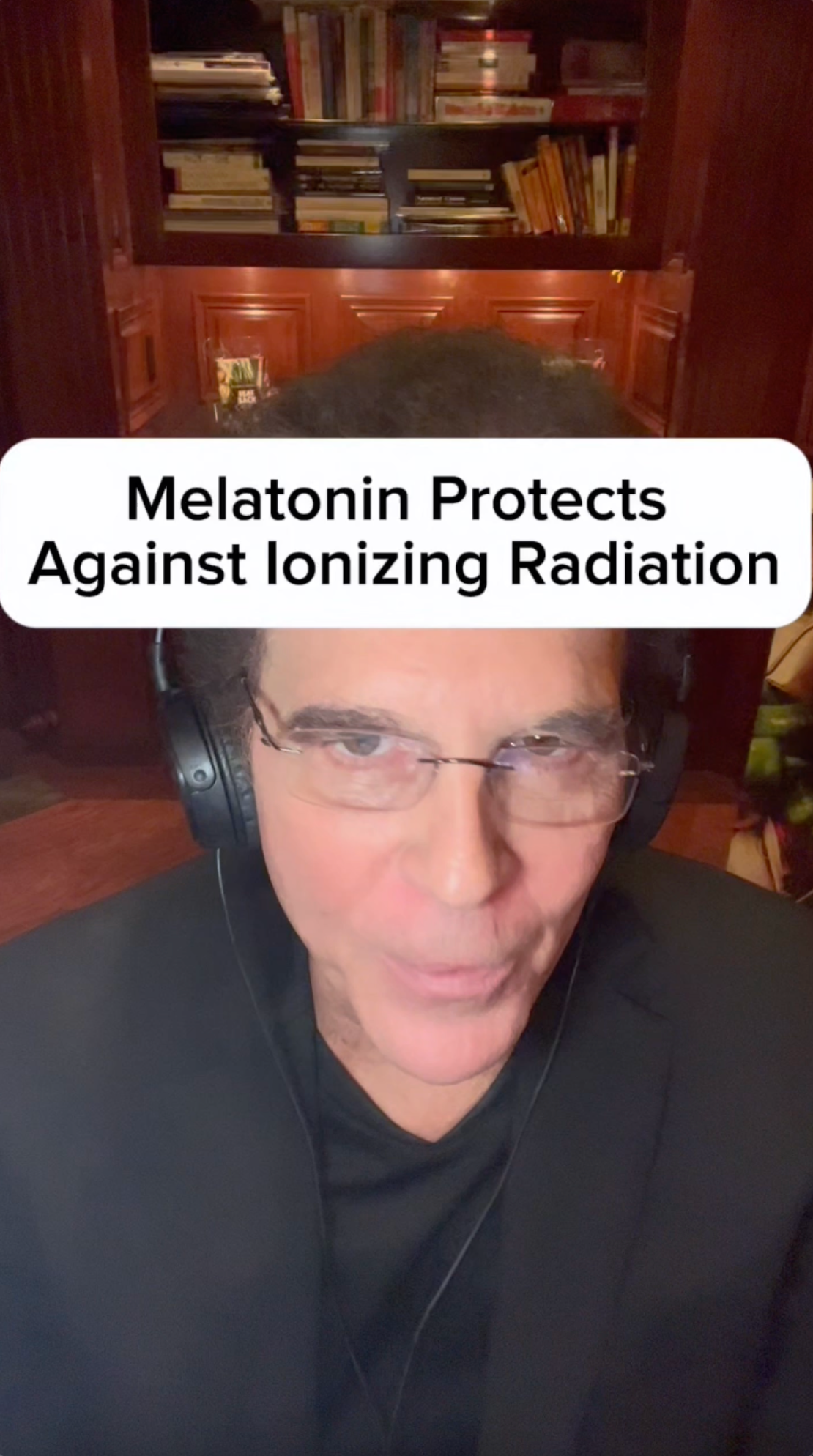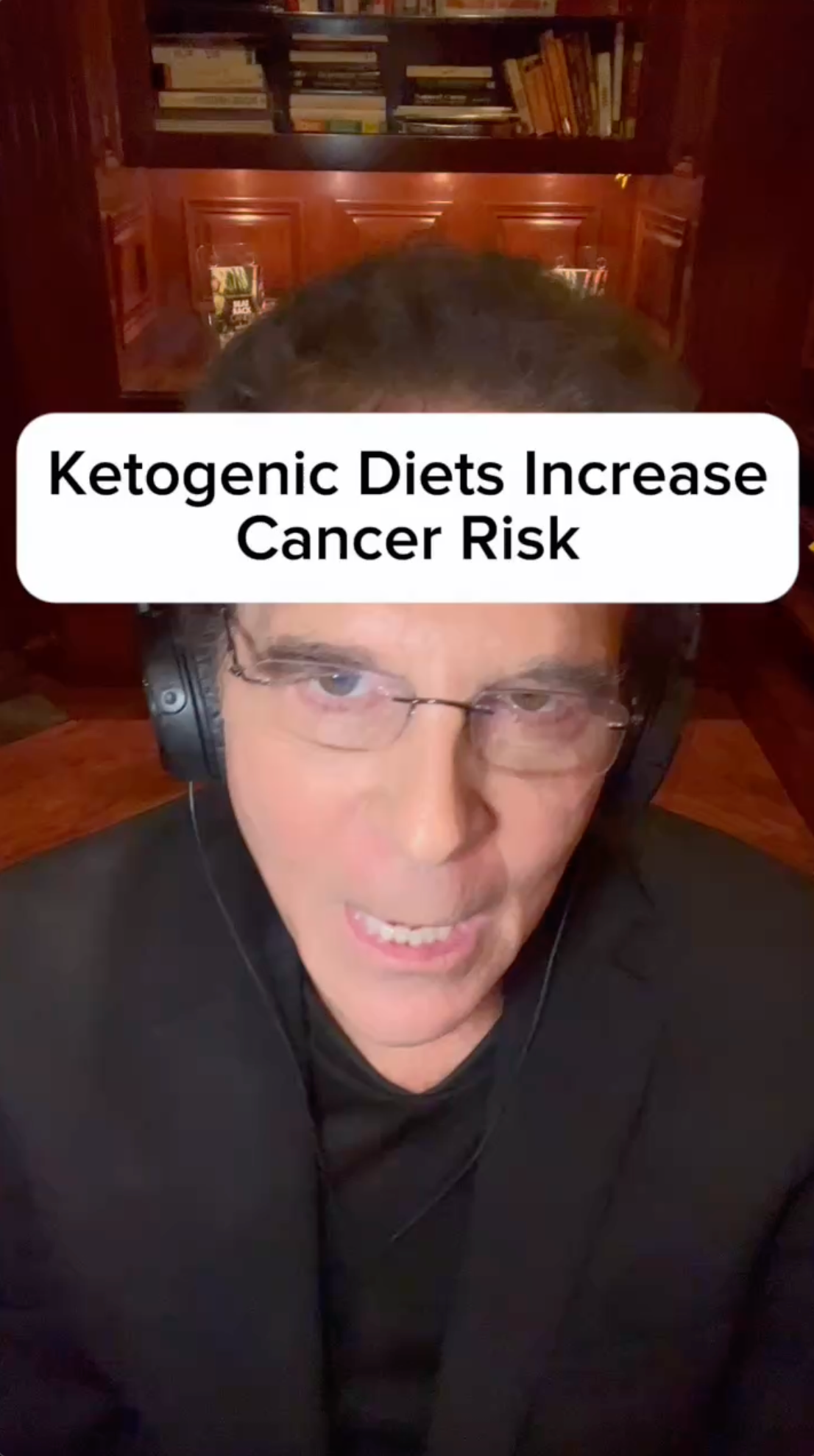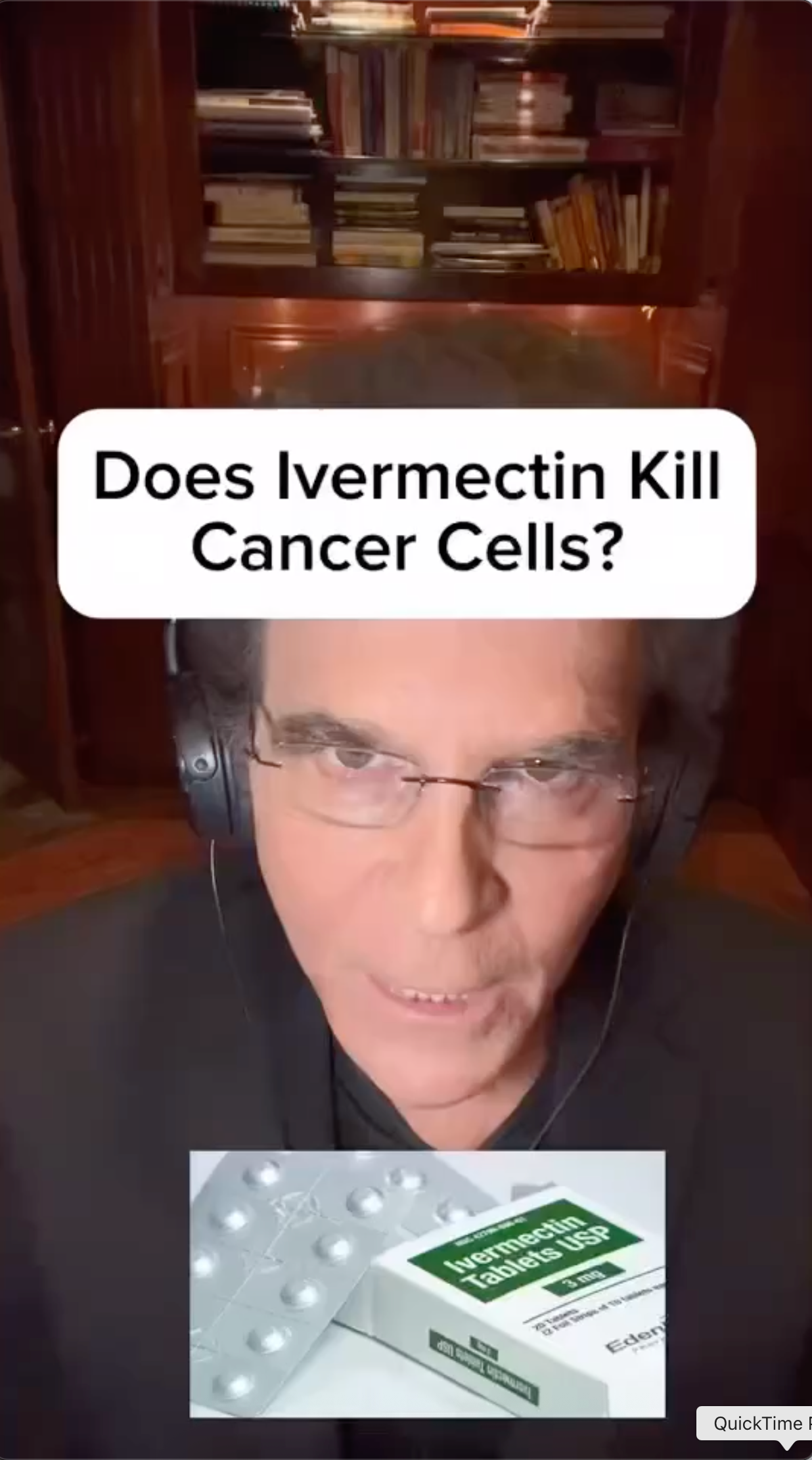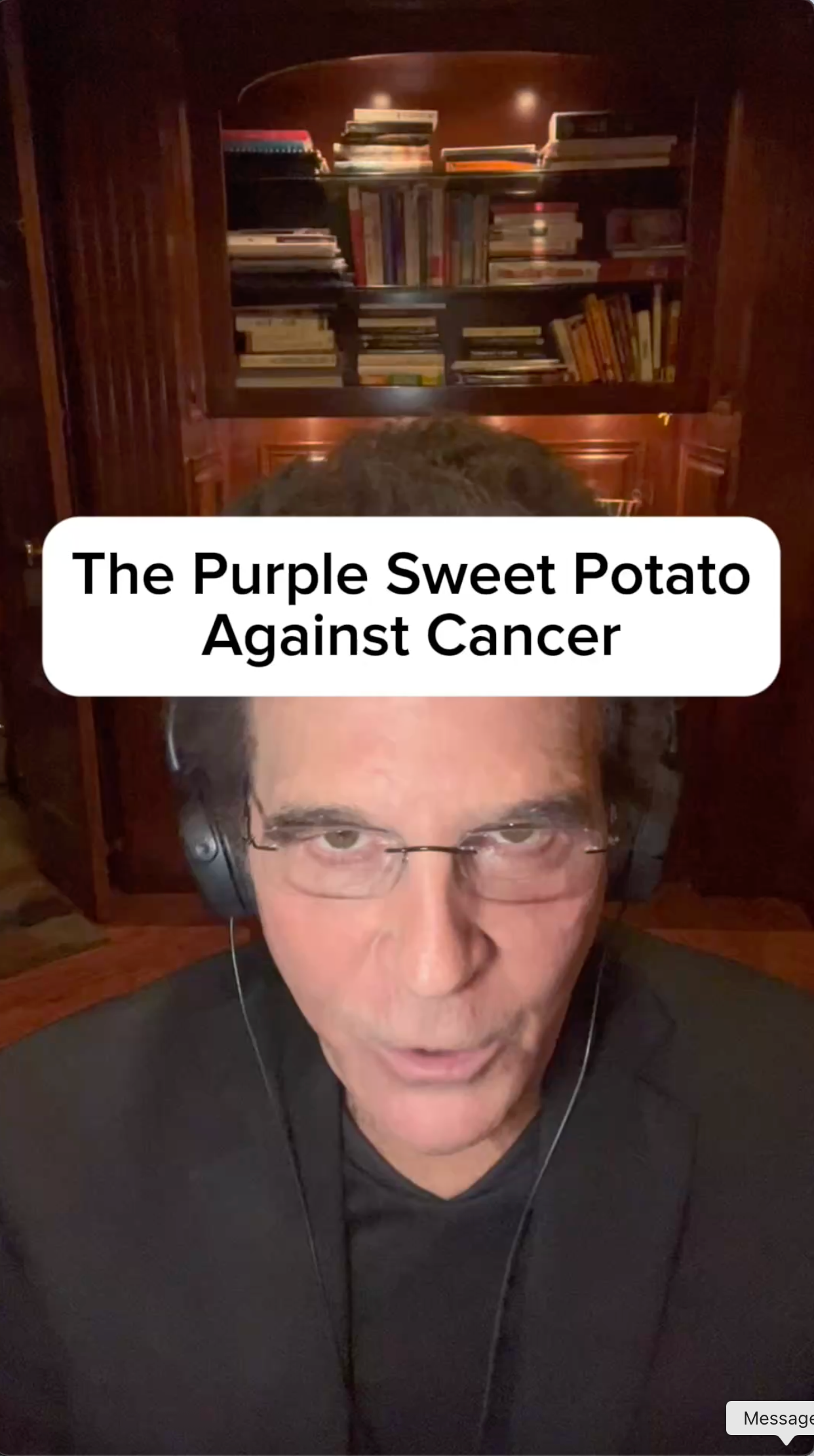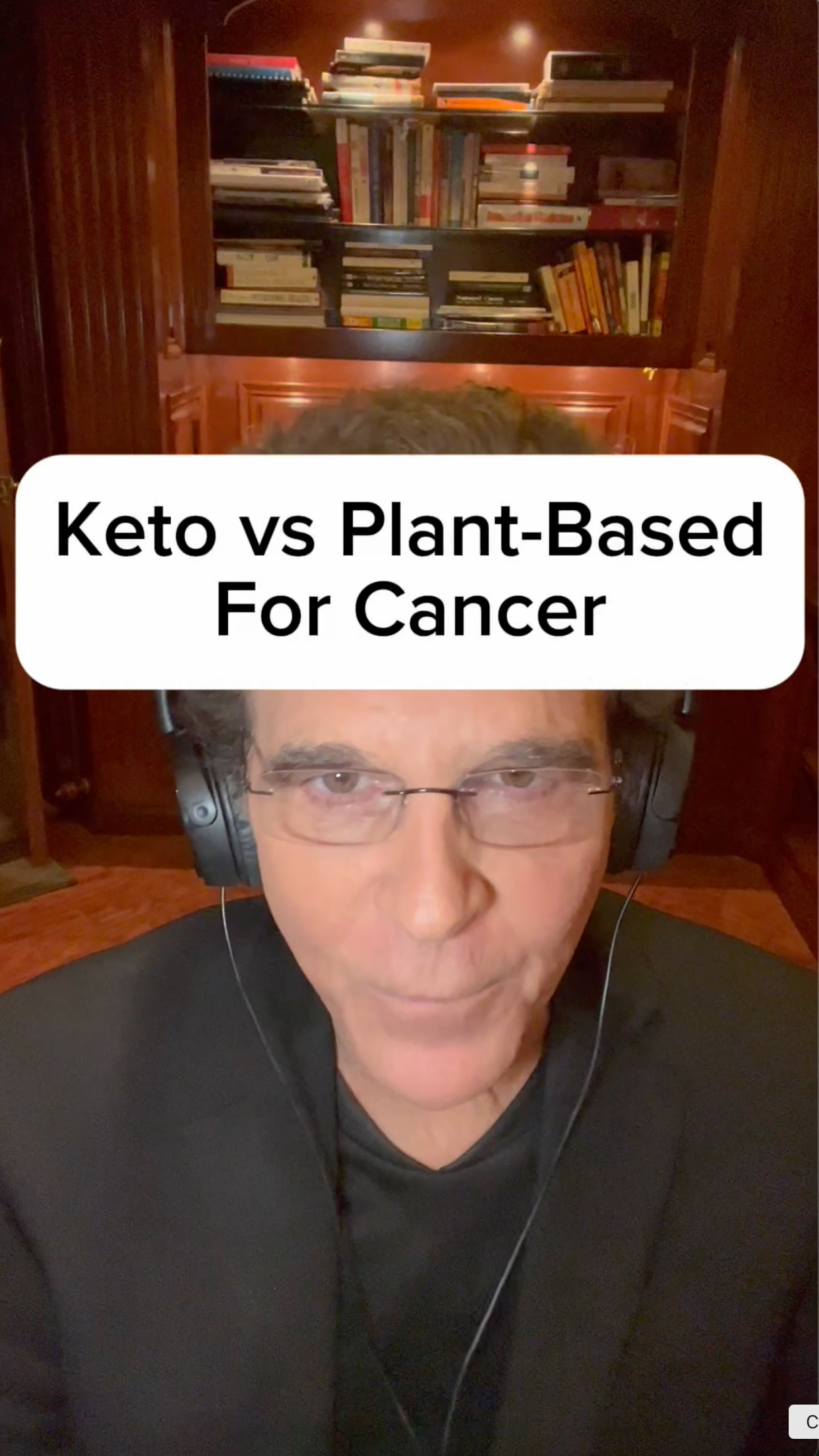Is Meat Consumption Healthy for You? (The Protein Myth)
Dominic A. Brandy, MD • November 23, 2019

As many of you know by now, I strongly recommend a whole food, plant-based diet to combat cancer. The question I continually get is, “where do you get your protein?”
If you review the protein recommendations of the US government you can use the following equation to get your protein requirement:
Pounds X 4 divided by 10.
My weight is 155 pounds. Therefore 155 X 4 = 620.
620 divided by 10 = 62 grams.
If you use the metric system use kilograms X 0.8.
I eat a strict whole food, plant-based diet (no animal products) and I have checked my protein intake on consecutive days for a whole week and I normally get over 100 grams per day, which in my view is more than my goal.
The average Westerner who eats a lot of meat and dairy products is easily getting 2-3 times the recommended about of protein and this can be harmful to one’s health and especially someone who is combatting cancer. For now, let’s look at some of the negatives of high meat, dairy and protein consumption.
High IGF-1
One of the concerning aspects of high animal protein consumption is that it stimulates the liver to produce a growth promoting hormone called “Insulin-like Growth Factor-1 (IGF-1)” which at higher levels in adults has been shown to be a major instigator of cancer initiation and growth [1,2]. This does not happen when the liver is exposed to incomplete plant proteins. Apparently, because animal protein is a complete protein, it sends a signal to the liver that growth is about to occur, so IGF-1 is manufactured. In studies, meat eaters consistently are shown to have much higher IGF-1 levels compared to vegans.
When we are young our body needs IGF-1 for growth to allow us to become a full grown adult. Our levels normally peak in our late teens, then gradually decline every year as we age. This gradual decline is built into our bodies to help us stay alive, because as we age we also accumulate thousands of DNA mutations. We do not want a stimulus for high cellular growth and replication in the setting of high levels of DNA mutations. This is a device that Nature has built in to protect us from cancer initiation, growth and metastasis.
It is also important to note that since IGF-1 can promote muscle growth, growth hormone has been promoted and prescribed by anti-aging physicians as an anti-aging hormone. However, studies are finding that restoring growth hormone levels to youthful levels in adulthood is not beneficial; in fact it has been found to increase death rates in formerly healthy adults.
High mTOR Activation
Another promoter of cancer growth in the body is the mTOR gene [3]. This gene is a potent promoter of cellular growth and replication (similar to IGF-1) and as we just learned we do not want a growth stimulator in the setting of increasing mutations. Through scientific study we have learned that the amino acid “leucine” is the most powerful stimulator of mTOR. And guess where leucine is found in high levels? You guessed it. There are high levels in all animal products and very low levels in plant foods. Therefore lowering animal products while increasing plant intake, lowers leucine levels, which lowers mTOR activity. This is an effective way to decrease cancer initiation and growth.
Kidney Stress
High animal protein intake also puts inordinate stress on the kidneys and after chronic exposure creates damage to the kidney micro-tubules. Animal protein, but not vegetable protein, causes what is called “kidney hyper-filtration” [4]. This is an inflammatory response in the kidney caused by high levels of sulfur-containing amino acids that are present in animal proteins. When anti-inflammatory drugs are given at the time of animal protein ingestion the hyper-filtration does not occur. This hyper-filtration also does not occur with the ingestion of vegetable protein. Furthermore, high animal protein consumption is extremely acidic which puts additional stress on the kidney while also, in the cancer patient, creating a favorable pH for enzymes like “collagenase” to assist the cancer to progress and metastasize [5].
High Pesticide and Endotoxin Levels
Because all animals are high on the food chain, various retrospective studies always reveal much higher levels of pesticides and heavy metals in the blood and tissue of meat eaters versus vegans. To help you understand this concept, if a grasshopper ate a bunch of pesticide-laden grass, it would absorb those pesticides that would then be dissolved into its fat tissue....something we call “bioaccumulation”. A bird then eats many grasshoppers. The bird’s pesticide levels will now be greater than the grasshopper’s levels. If a human eats a lot of the birds, a chicken for example, the human’s levels will be higher than the chicken’s. A similar situation occurs in the oceans. If you analyze mercury and PCB levels in small fish versus large fish, like tuna, the larger fish will consistently have much higher mercury and PCB levels than the smaller fish.
One of many studies analyzing this bioaccumulation was published in the British Journal of Nutrition and it found that PCB levels were much higher in meat eaters compared to vegans [6]. Similar studies routinely demonstrate this same result... pesticides and heavy metals blood and tissue levels are consistently much higher in meat and dairy consumers.
Animal products also carry viruses like bovine leukemia virus (implicated in 37% of all US breast cancers and also non-Hodgkins lymphoma) and bacterial endotoxins that cannot be destroyed by heat and create much inflammation and negative health issues in the body.
No Fiber
Animal products contain ZERO fiber! 97% of the US population does not get the 30 grams/day of fiber recommended by the US government. This is due to the fact that the average American consumes 50% processed foods, 40% animal products and 10% unrefined plant foods. In a 2010 study, it was found that the average American eats, on average, 1.8 servings of fruits and vegetables per day. And that was allowing French fries and ketchup to be counted as a vegetable!
Fiber has been shown to be critical to creating the right balance in the 30 trillion bacteria that grow in our intestinal tract. These bacteria are many times referred to as “the microbiome”. There are 2 primary groups of bacteria in our GI tract....good Prevotella probiotic bacteria and bad Bacteroides bacteria. There are approximately 500 subspecies in each group. When one is eating at least 30 grams of fiber per day, the good Prevotella probiotic bacteria feed on the fiber, proliferate, and produce short-chain fatty acids which are extremely anti-inflammatory and are said by many experts in the field of immunology to control up to 80% of our immune function.
These short-chain fatty acids also stimulate the FFAR2 receptors on our cells which have a profound control over our metabolism. In rat studies when you feed high concentrations of fiber rich plant food (with no meat) to the rats, they become slim. Conversely, when you feed them high concentrations of animal products (with no plants) they become obese. When we eat primarily processed and animal foods the bad Bacteroides bacteria proliferate and the good probiotic Prevotella bacteria decrease, causing many chronic diseases and weight gain. Conversely, when we eat lots of fruits, vegetables, whole grains, beans, nuts and seeds, the good probiotic Prevotella increase in numbers and the harmful Bacteroides decrease. This latter scenario puts us in a much better position to enjoy maximal health.
No Phytonutrients
This is the most important factor that causes me to recommend limiting animal product consumption. Plants have over 25,000 phytonutrients that have profound antioxidant, anti-inflammatory and anti-tumor effects in the body. Animal products have none of these phytonutrients.
Because of this fact, plants foods have been found to have 63X the antioxidant power compared to animal products. ORAC (oxygen radical absorbance capacity) units are the units that we use to measure the ability of foods to neutralize health-damaging free radicals. For those of you who are unfamiliar with free radicals, they are molecules with unpaired electrons that are created daily by our cells in the trillions. These free radicals will seek out another electron to create a neutral electrical charge, however in the process of finding an electron mate, they create thousands of DNA mutations in our lifetime which are at the root of all cancers. Innate intracellular antioxidants (glutathione peroxidase, superoxide dismutase and catalase), along with the antioxidants that we eat, can neutralize most of these free radicals, but the Standard American Diet can easily create free-radical overload. Therefore we must complement our innate intracellular antioxidants with a healthy dose of antioxidants from our food intake.
To demonstrate the difference between plant foods and animal products let’s compare one food (a sweet potato) to a whole day of eating a Standard American Diet.
One sweet potato with a teaspoon of cinnamon and a pinch of clove is 246 ORAC units. On the other hand, a morning Egg McMuffin, an afternoon Big Mac and an evening steak with parsley would total 44 ORAC units for the entire day! Every morning I drink a morning smoothie with various fruits, freeze dried powders, ground flax seeds and kale. That smoothie has 2,000+ ORAC units. An analysis of 5 Standard American Diet breakfasts revealed anywhere from 8-25 ORAC units for each of these typical American breakfasts. The dissimilarity is mind blowing!
In an interview, Dr. Nikhil Munshi, a famous myeloma genomic scientist, stated that at the time of myeloma diagnosis, a myeloma patient’s cancer cell has approximately 5,000+ mutations at diagnosis and at relapse about 12,000+. Therefore minimizing the number of mutations is critical for any cancer patient to help them to stay in remission. It is also extremely important for those trying to avoid cancer in the first place.
Cholesterol
We all know that eating high cholesterol foods leads to high cholesterol blood levels which then leads to cardiovascular disease. This fact has been validated in thousands of studies over the past 50 years. And what is the only kind of food that contains cholesterol? You guessed it....animal products.
Cholesterol, however, does not only affect the cardiovascular system, it also has a significant effect on cancer. Many of us have heard that cancer needs an enormous amount of sugar to maintain itself due to the fact that it uses a very crude fermentation method of energy production called “Warburg’s aerobic glycolysis”. This method of energy production takes one molecule of glucose and creates only 2 ATP energy molecules. Our normal cells, on the other hand, create 36 ATP molecules from one glucose molecule. Therefore, cancer needs a prodigious amount of glucose just to maintain itself.
There are, however, other nutritional pathways that cancer can use. In Jane McLelland’s excellent and heavily-researched book How to Starve Cancer she demonstrates, through careful analysis of the scientific literature, how cancer can also use a cholesterol pathway and a glutamine (amino acid) pathway for energy production. In fact, some cancers like prostate, colon and breast cancer may even prefer the cholesterol pathway. In fact, there are studies that demonstrate that individuals who take statin drugs have much lower rates of the aforementioned cancers. To understand this concept better, I would highly recommend viewing the 5 minute video on nutritionfacts.org entitled Cholesterol Feeds Breast Cancer Cells.
Therefore cancer patients need to keep their total cholesterol level below 150 and their LDL cholesterol below 80. The absolute best way to do that is with a whole food, plant-based diet. If additional help is needed I recommend Chinese Red Yeast. The product that I use is Beni Koji RYR (Douglas Labs) which can be purchased on Amazon. I take 2 in the morning and 2 in the evening. I also take Ubiquinol-QH (Douglas Labs) with it to keep the CoEnzyme Q10 levels from getting to low. This can also be purchased on Amazon. I take 2 in the morning and 2 in the evening.
Heterocyclic Amines
Heterocyclic amines are potentially carcinogenic chemical compounds formed in cooked muscle tissue. Examples of heterocyclic amines include harmane, which may cause essential tremor and PhIP, considered an estrogenic carcinogen that may increase breast cancer risk. Poultry meat appears to have the highest concentration of heterocyclic amines, but muscles are not the only source of these toxins. These carcinogens may be present in eggs, cheese, creatine supplements and cigarette smoke.
There are some measures that those who eat meat can do to reduce the risk of developing cancer. Boiling appears to be the safest cooking method in terms of carcinogen levels. Other foods may also decrease the risk. For example, cruciferous vegetables have been shown to reduce the absorption of heterocyclic amines for as long as 2 weeks after consumption. White and green tea may also be protective. If you don’t eat meat for just one day your levels of PhIP and MelQx will drop to zero in just twenty-four hours. Veggie meat is a safe bet since it contains no muscle tissue.
Summary
You can see that meat consumption has many negative health effects. A good culmination of what I have just shared with you was extremely well presented in a study by the National Health Institute and The World Health Organization where they looked at the diets of different countries throughout the world. They studied the percentage of unrefined plant consumption in each country and how it correlated with the percentage of people dying from cancer and cardiovascular disease.
In the United States, for example, the average person eats 10% of their diet in unrefined plant foods and we find that 90% of Americans die of either cancer or heart disease. Conversely, in Laos the average person eats over 90% of their diet in unrefined plant foods and only 5% of people in that country die of cancer and heart disease. In Greece, the average person eats a diet that is 35% unrefined plants and 35% of people die of cancer or heart disease. In this study it is absolutely fascinating how the percentage of plant foods directly correlates with the percentage of people dying from cancer and heart disease. The more plants...the less cancer and heart disease.
References
Natural Insights Into Cancer Blog
If you like our blog, you'll love our book.
BEAT BACK CANCER NATURALLY is based on 5 scientifically proven ways that require you first get educated. You’ll make a plan which is laid out for you in a simple fashion. If you follow my steps you will gain a feeling of empowerment over your cancer and will not only survive but thrive.

